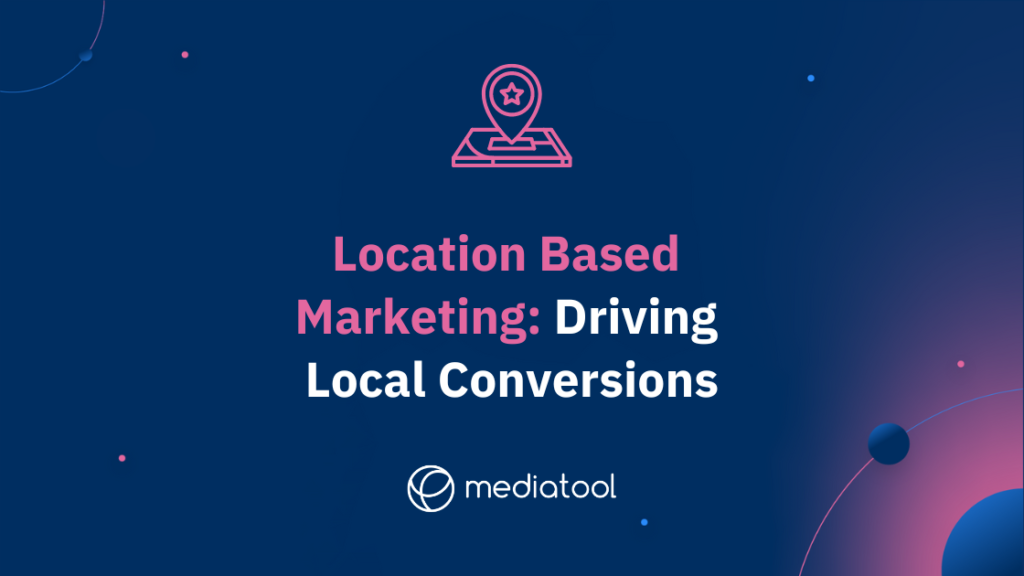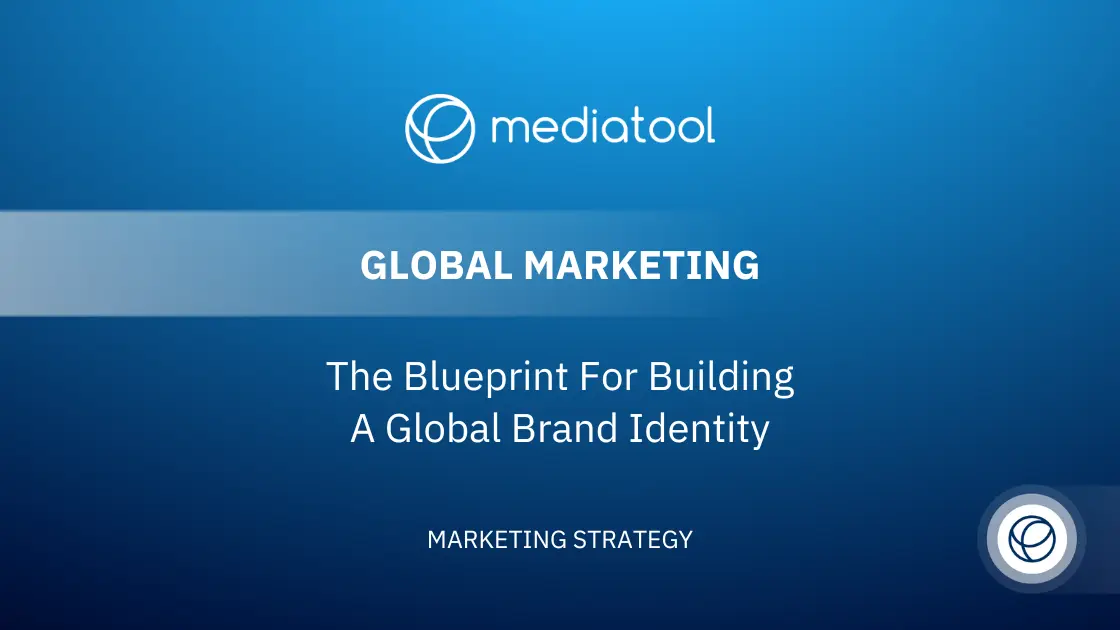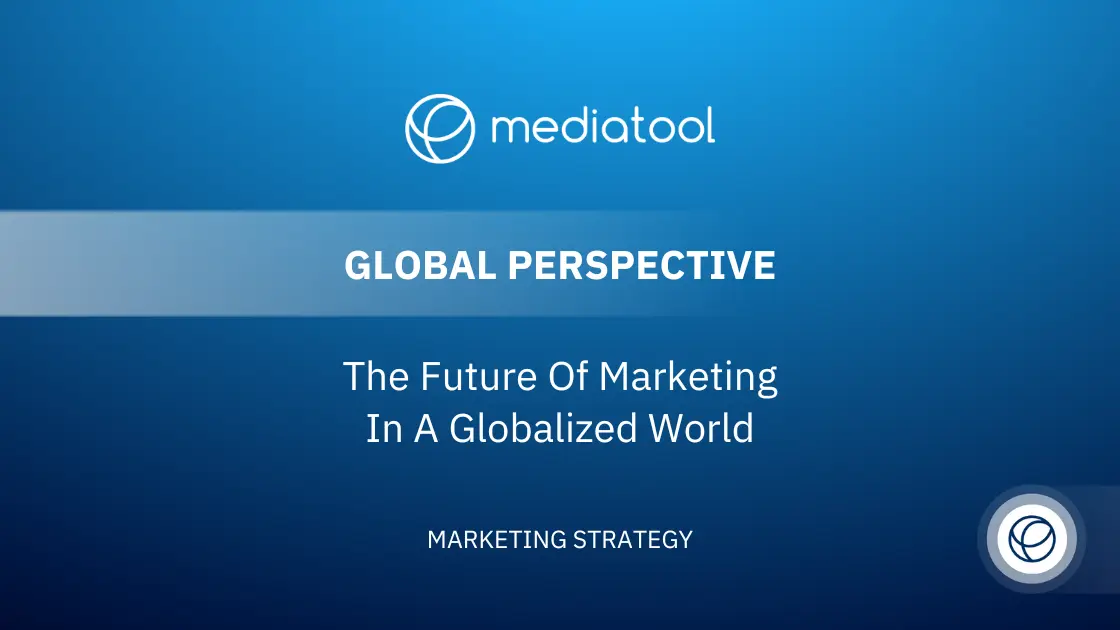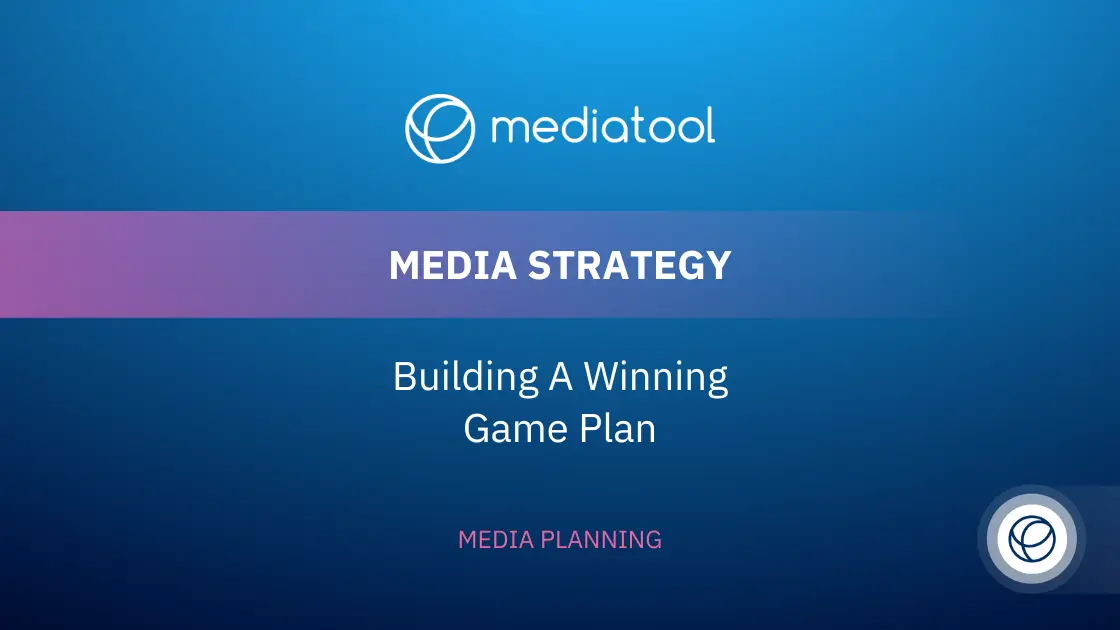If geographic location is important for your business, location-based marketing is a must!
In the age of smartphones and GPS, understanding this marketing strategy is crucial for businesses looking to stay competitive and reach their target audience more effectively.
Location-based marketing allows businesses to deliver timely and relevant content to customers based on their geographic location. With the increasing use of mobile devices, this marketing approach has become a powerful tool for brands looking to engage with customers on a more personal level.
In this article, we’ll cover the ins and outs of location-based marketing, its various types, its effectiveness, and how to use it successfully.
Let’s get started.
What is Location Based Marketing?
Location-based marketing, also known as geolocation marketing or geotargeting, is a highly effective marketing strategy that capitalizes on location data to deliver personalized content, offers, and ads to potential customers.
This approach, leveraging location-based technology and location services, targets users based on their geographic location through mobile devices, enhancing the customer experience.
Imagine receiving a notification from a coffee shop you frequently visit when you’re just a block away, enticing you with a special offer. This scenario exemplifies location-based marketing, harnessing the power of mobile marketing to offer instant gratification and drive foot traffic. It’s a successful marketing strategy for physical locations, especially brick-and-mortar businesses, aiming to attract nearby customers.
Additionally, location-based marketing strategies are not limited to physical stores. Online retailers and digital marketing teams also implement location-based marketing to customize promotions and content, considering the user’s location, potentially using IP addresses or smartphone data.
This versatility makes location-based marketing a critical tool for targeting specific customer segments, enhancing proximity marketing efforts, and generating relevant marketing content for a diverse target audience.
As we get deeper, we’ll explore the nuances of this approach, including how it differs from and complements proximity marketing. With location-based campaigns, businesses can utilize location intelligence, app user behavior data, and mobile apps to create more relevant advertisements and marketing notifications, aiming to increase in-store visits and customer engagement.
This strategy is integral to a comprehensive mobile device marketing plan, offering key benefits for engaging target consumers in real-world locations and ensuring marketing investments yield high returns.
What are the Key Types of Location-Based Marketing?
Location-based marketing leverages location data to target customers, offering a variety of strategies suited to different business needs and customer behaviors. Here’s a breakdown of the primary types:
1. Geotargeting
Geotargeting focuses on delivering content or ads to customers within a specific area. This successful marketing strategy is often employed to engage local consumers or those within a certain radius of a business, such as a nearby store or shopping mall. It’s a cornerstone of hyperlocal marketing, using location-based technology to enhance the customer experience.
2. Geofencing
Geofencing creates a virtual perimeter around a physical location like a retail store or event venue. When customers with mobile devices enter this area, they receive targeted marketing messages, offers, or push notifications, making it a powerful tool for driving in-store visits and implementing location-based marketing strategies.
3. Beacon Marketing
Utilizing beacon technology, this approach involves placing small Bluetooth devices in a store or venue. These beacons interact with app users’ smartphones to deliver personalized content and offers when they are within proximity, enhancing the overall customer experience with relevant marketing content.
4. Location-Based Social Media Marketing
Targeting users based on their location while they interact with social media platforms constitutes this strategy. For instance, businesses can target consumers who check in at their location on platforms like Facebook or Instagram, offering exclusive deals and promoting customer engagement.
5. Mobile Marketing and Location-Based Advertising
Incorporating mobile apps and location services, businesses can target users based on their past locations, using location-based data to provide relevant advertisements and marketing notifications. This approach is crucial for digital marketing teams focusing on mobile device users, aiming to reach their desired audience with precise location targeting.
Each of these location-based marketing strategies offers key advantages for businesses, from enhancing location-based advertising campaigns to improving local SEO. They are integral in creating successful marketing strategies for the retail industry, helping businesses to better understand and engage their target consumers in real-world locations.
As we continue, we’ll explore how these strategies differ from and complement proximity marketing.
Difference Between Location-Based Marketing and Proximity Marketing
Although location-based marketing and proximity marketing both target customers based on their geographic location, they have distinct focuses and strategies.
Location-Based Marketing: A Broad Spectrum Approach
Location-based marketing is an umbrella term encompassing a range of strategies, including geotargeting, geofencing, beacon marketing, and location-based social media marketing. This approach utilizes a blend of technologies like GPS, Wi-Fi, and Bluetooth to deliver personalized content and offers.
Location-based marketing taps into various aspects of mobile marketing, leveraging location data, mobile apps, and location technology to enhance the customer experience. Its broad spectrum allows for targeting users based on a wide range of criteria, from their proximity to a nearby store to their behavior data and past locations, making it a versatile tool in the digital marketing arsenal.
Proximity Marketing: Focused on Immediate Physical Vicinity
Proximity marketing narrows its focus to targeting customers who are in close physical proximity to a specific location, such as a retail outlet or event space. It primarily employs Bluetooth technology, especially near field communication (NFC) and beacon technology, to interact with customers’ smartphones.
This method is particularly effective for encouraging in-store visits and delivering instant gratification through timely and relevant offers and push notifications. Proximity marketing forms a critical component of hyperlocal marketing strategies, aiming to captivate the desired audience with precision.
Both strategies contribute significantly to location-based advertising efforts, with each offering key advantages for engaging app users and enhancing location targeting. Implementing location-based marketing tactics, including both broad and focused approaches, enables businesses in the retail industry to better understand and reach their target consumers in real-world locations.
The integration of smartphone data, IP addresses, and location intelligence into marketing messages and campaigns fosters a deeper connection with the average consumer, maximizing marketing efforts and ad spend.
How Effective is Location-Based Marketing?
Location-based marketing has proven to be a valuable investment for businesses looking to connect with their target audience in a more meaningful and personalized way. This approach leverages location information, combined with mobile marketing techniques, to enhance customer engagement and drive sales.
The Advantages of Location-Based Marketing
The effectiveness of location-based marketing lies in its ability to deliver timely, relevant, and personalized content to users based on their physical location.
When customers are nearby or in the vicinity of a store, engaging them with targeted offers increases the likelihood of an in-store visit and subsequent purchase.
Research indicates that location-based campaigns often result in higher click-through rates and improved conversion rates compared to traditional marketing methods.
By utilizing location-based data and location technology, businesses can offer a more tailored and immersive customer experience, distinguishing themselves from rivals in the market.
But don’t just take our word for it – let’s explore some real-world examples.
Where It Works – location marketing examples
Location-based marketing has demonstrated significant benefits across various industries and businesses:
Retail Industry
Through geofencing and beacon marketing, retail stores can send personalized offers to mobile device users nearby, encouraging foot traffic and purchases.
Restaurants/Bars/coffee shops
These establishments can capitalize on location-based marketing to attract customers during slower periods by offering exclusive deals to those in the area.
Events and Concerts
Utilizing geofencing, event organizers can enhance attendee experiences by providing timely offers, updates, and information.
Travel and Tourism
Hotels, airlines, and tourist attractions can target potential customers based on their current location, offering customized promotions to spur bookings.
Real Estate
Real estate agents can employ geotargeting to showcase property listings to potential buyers in specific areas, boosting lead generation and sales opportunities.
These examples illustrate the effectiveness of location-based marketing in enhancing customer engagement and driving sales, not only through direct interactions but also by improving local SEO and visibility on search engines.
This strategic approach to marketing, leveraging the power of connected devices and the internet, offers a deeper understanding of consumer behavior and a more significant physical footprint in the competitive business landscape.
Using Location-Based Marketing Successfully
Now that we’ve explored the what, why, and where of location-based marketing, let’s discuss how to use it successfully. Here are some tips to help you get started:
1. Define your goals:
Establish clear objectives before launching your marketing campaign. Are you looking to drive foot traffic, increase sales, or build brand awareness?
2. Choose the right technology:
Select the most appropriate location-based marketing strategy and tools based on your goals and target audience.
3. Personalize your content:
Ensure your offers and content are tailored to your customer’s preferences and needs, making them more likely to engage with your campaign.
4. Monitor and measure:
Track the performance of your campaigns, analyzing data such as click-through rates, conversions, and foot traffic. This information will help you optimize your strategy and make data-driven decisions for future campaigns.
5. Prioritize privacy:
Be transparent about collecting and using customers’ location data, and ensure you follow all applicable privacy regulations. Respecting user privacy is crucial for building trust and maintaining a positive brand reputation.
6. Test and refine:
Don’t be afraid to experiment with different strategies and tactics. Continually test and refine your approach to discover what works best for your business and target audience.
Wrap Up
Location-based marketing offers businesses a powerful way to engage with customers and drive sales by delivering timely, relevant, personalized content based on their geographic location. By understanding the different types, its effectiveness, and where it works best, you can develop a successful strategy that helps you stand out from the competition and achieve your business goals.
As you embark on your journey, remember to define your goals, choose the right technology, personalize your content, and prioritize user privacy. With the right approach and a willingness to learn and adapt, you can harness the power of location-based marketing to create meaningful connections with your customers and drive long-term success.
So, what are you waiting for? It’s time to put your newfound knowledge of location-based marketing to work and start reaping the benefits of this innovative and powerful marketing strategy. Good luck, and happy geotargeting!
Looking for more ways to make an impact to your marketing campaigns? Look no further! Take a tour of Mediatool to see how we can help you plan, manage and report on all your marketing campaigns from a single platform.





